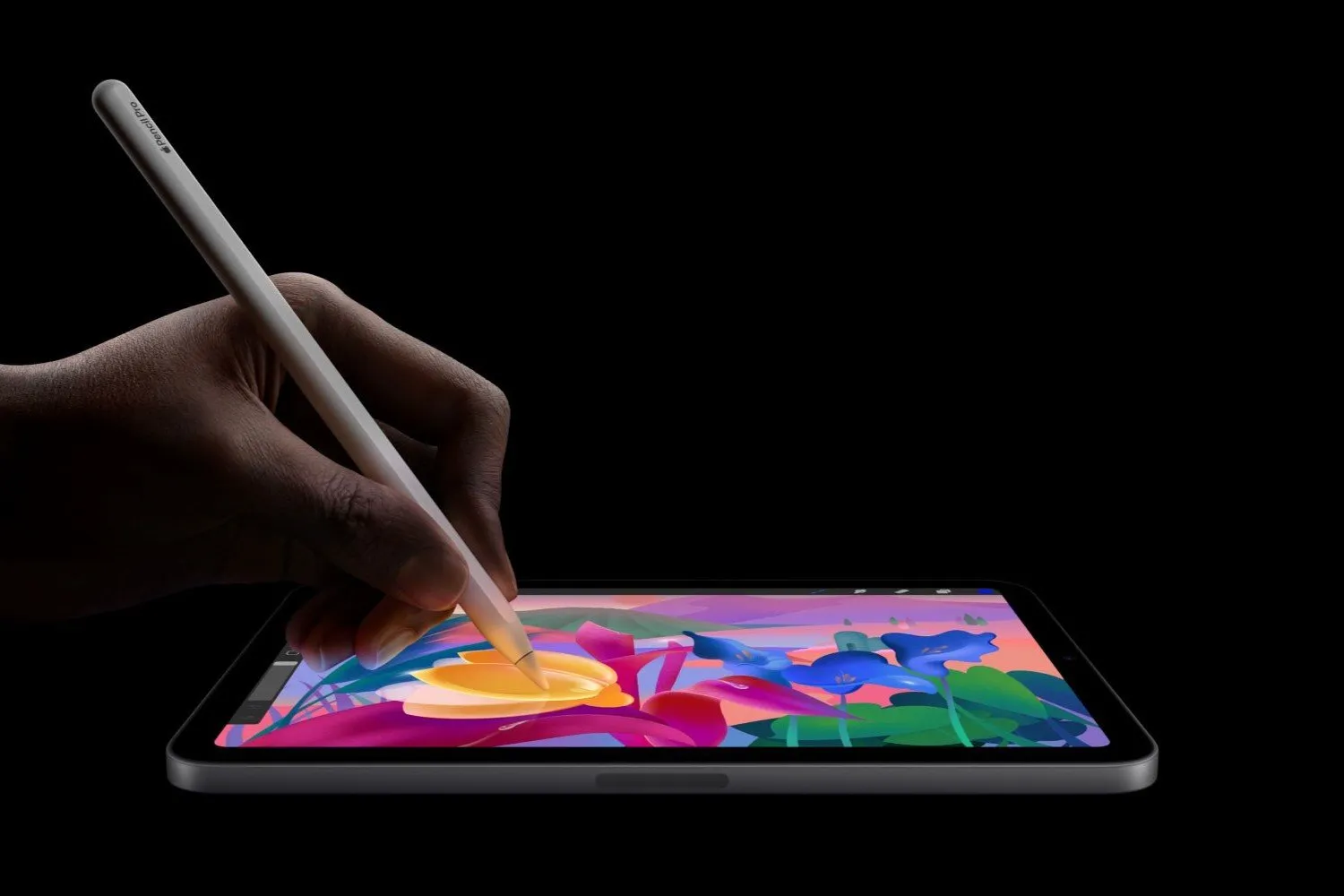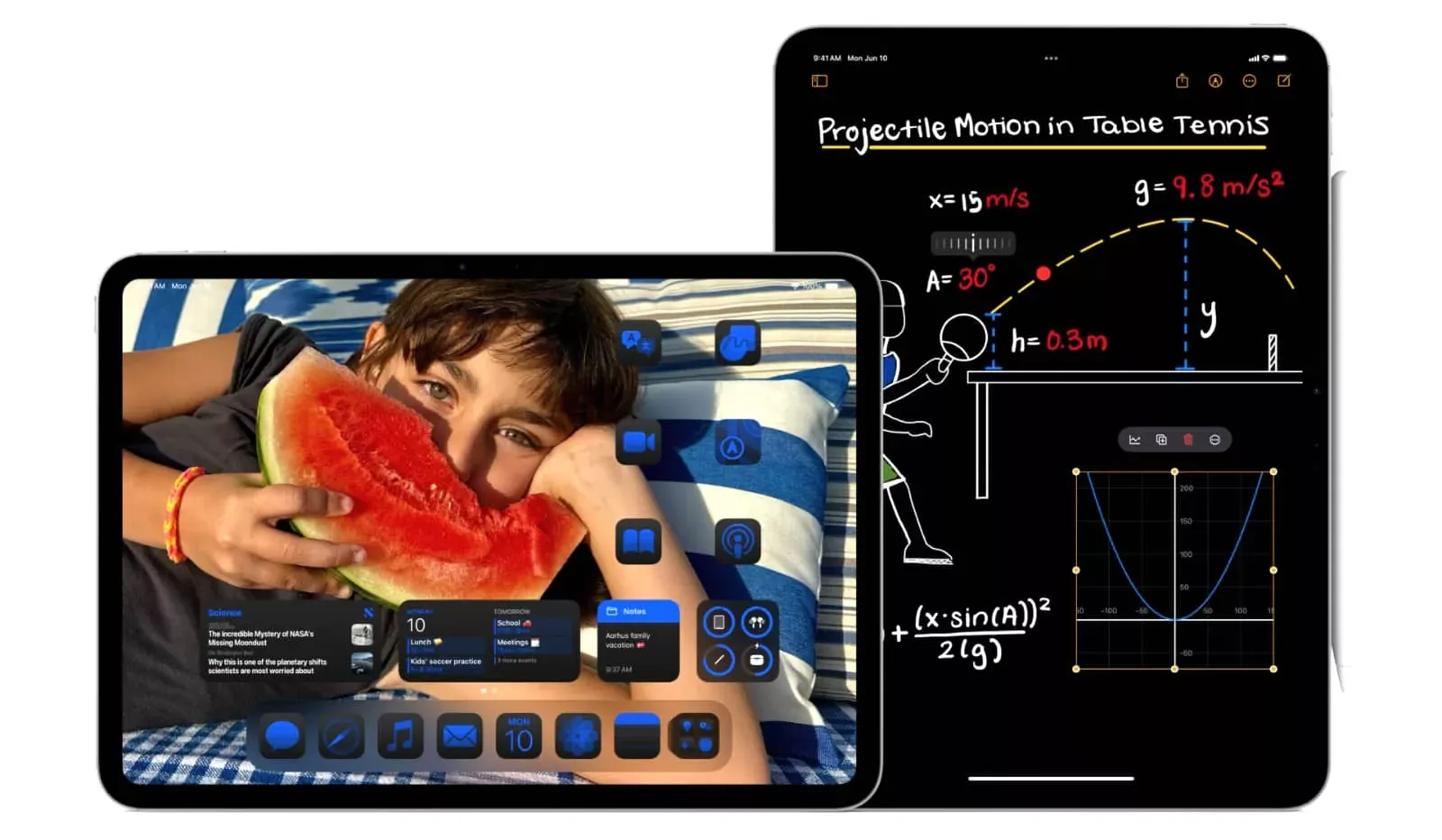In a surprising twist to its usual upgrade path, Apple has decided not to include Apple Intelligence in its latest iteration of the base iPad. This decision comes after a significant delay—over two years since the last update. While fans and tech enthusiasts alike might have expected a more substantial upgrade, the new base iPad features a chip that many consider underwhelming. But what could be the reason behind this seemingly peculiar strategy?

Unpacking Apple’s Strategy: Insights from CIRP’s Sales Chart
According to a recent chart released by the Consumer Intelligence Research Partners (CIRP), there’s a compelling narrative behind Apple’s decision. The data reveals a noticeable trend in the base iPad’s market share over the past five years, which offers a glimpse into Apple’s strategic thinking.
Here’s a breakdown of the market share captured by the base model:
- 2021: 15%
- 2022: 21%
- 2023: 30%
- 2024: 38%
This steady increase in market share indicates that a growing number of consumers are opting for the more affordable base model, perhaps finding it sufficiently capable without the higher-end features. This trend could potentially cannibalize sales of more expensive iPad models, such as the iPad Pro and iPad Air, which come with additional features like Apple Intelligence.

Strategic Restraint: Why Hold Back on AI?
The decision to withhold Apple Intelligence from the base iPad could be seen as a strategic move to differentiate the product line. By doing so, Apple not only preserves the exclusivity of its advanced features in higher-priced models but also subtly encourages consumers to consider upgrading for more powerful capabilities.
Despite the base iPad’s less impressive hardware update, it remains a significant player in Apple’s lineup due to its affordability and adequate performance for everyday tasks. The choice to forego a major upgrade could be Apple’s way of strategically placing this model in the market—a decision aimed at maximizing overall sales across its product range.

Reflections and Consumer Choices
This strategic approach raises important questions about consumer choices and the value of AI features in everyday devices. Are the additional capabilities of Apple Intelligence pivotal enough to justify the higher cost of premium models, or is the base model “good enough” for most users? The sales trend suggests that many consumers are indeed voting with their wallets, opting for the base model more frequently over time.

While some may view the exclusion of Apple Intelligence in the base iPad as a missed opportunity for technological advancement, it appears to be a calculated business decision by Apple. By positioning the base iPad as a more accessible, yet slightly less advanced option, Apple not only caters to budget-conscious consumers but also maintains a tiered product strategy that encourages upgrades.
As Apple continues to evolve its product offerings, it will be interesting to see how this strategy plays out in terms of consumer satisfaction and company revenue. What are your thoughts on this strategic decision by Apple? Does the base model offer enough value, or is the lure of advanced features like Apple Intelligence worth the extra expense? Share your views in the comments below.









